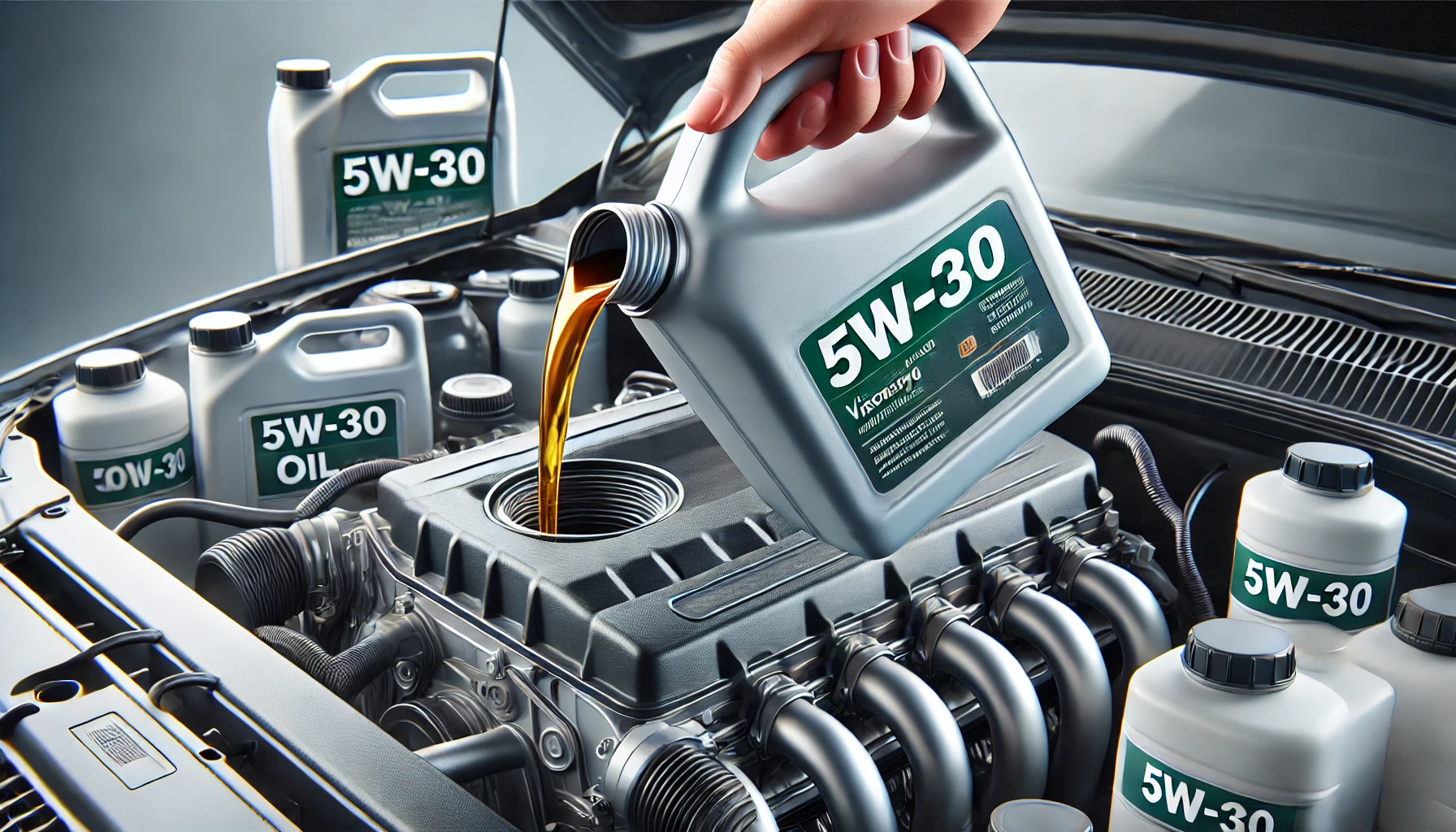Seeing the check engine light illuminate on your dashboard can be alarming. While it doesn’t always indicate a serious issue, ignoring it can lead to costly repairs. Understanding what triggers this warning and how to respond can help prevent further damage to your vehicle.
1. What Does the Check Engine Light Mean?
The check engine light is part of your car’s On-Board Diagnostics (OBD) system. When the system detects a problem affecting the engine, emissions, or other key components, it triggers the warning light.
There are two main types of check engine light alerts:
- Steady light: Indicates a minor issue that should be checked soon.
- Flashing light: Signals a more serious problem that requires immediate attention.
Ignoring a flashing check engine light can result in severe engine damage, so it’s important to take action quickly.
2. Common Reasons the Check Engine Light Turns On
There are several potential causes for a check engine light warning, ranging from simple fixes to serious mechanical issues.
1. Loose or Faulty Gas Cap
A loose, damaged, or missing gas cap can cause fuel vapor leaks, triggering the check engine light.
✅ Solution: Tighten or replace the gas cap. If the light doesn’t turn off after a few trips, further diagnostics may be needed.
2. Faulty Oxygen (O2) Sensor
The oxygen sensor measures unburned oxygen in the exhaust. A faulty sensor can reduce fuel efficiency and increase emissions.
✅ Solution: Have a mechanic replace the sensor to prevent long-term damage to the catalytic converter.
3. Malfunctioning Catalytic Converter
The catalytic converter reduces harmful emissions. If it fails, your car may experience poor performance and increased fuel consumption.
✅ Solution: A damaged catalytic converter must be replaced to restore proper engine function and pass emissions tests.
4. Bad Spark Plugs or Ignition Coils
Faulty spark plugs or ignition coils can cause misfires, rough idling, and reduced acceleration.
✅ Solution: Replace the spark plugs and coils according to the manufacturer’s schedule (usually every 30,000 to 100,000 miles).
5. Mass Airflow (MAF) Sensor Issues
The MAF sensor monitors air intake to adjust fuel injection. A faulty sensor can lead to stalling, rough idling, and poor fuel economy.
✅ Solution: Clean or replace the MAF sensor to restore performance.
6. Low or Contaminated Engine Oil
Dirty or low oil levels can lead to increased friction and overheating, potentially triggering the check engine light.
✅ Solution: Check and change the oil regularly to keep the engine running smoothly.
7. Transmission Problems
Issues with the transmission can affect performance and trigger the check engine light.
✅ Solution: If you notice rough shifting or transmission slipping, get the system inspected as soon as possible.
3. What to Do When the Check Engine Light Comes On
Step 1: Check for Immediate Warning Signs
If you notice strange noises, smoke, reduced power, or overheating, pull over immediately and turn off the engine. Driving with a serious issue can cause extensive damage.
Step 2: Tighten the Gas Cap
A loose gas cap is one of the easiest problems to fix. Remove and securely tighten it, then drive for a few miles to see if the light turns off.
Step 3: Use an OBD-II Scanner
An OBD-II scanner can read diagnostic trouble codes (DTCs) from your vehicle’s computer. Many auto parts stores offer free code reading.
- Plug the scanner into the OBD-II port (usually under the dashboard).
- Read the code and compare it with a list of common DTCs.
- Research possible fixes based on the code.
Step 4: Observe the Light’s Behavior
- If the light turns off on its own, the issue may have been temporary.
- If the light stays on but the car runs fine, schedule a diagnostic check soon.
- If the light is flashing, stop driving immediately and seek professional help.
Step 5: Visit a Mechanic if Needed
If you can’t identify the issue or if the problem persists, take the car to a certified mechanic for further inspection.
4. How to Prevent the Check Engine Light from Coming On
Regular maintenance helps prevent engine problems and unexpected warning lights.
Key preventive measures:
- Change the engine oil and filter as recommended.
- Replace spark plugs and ignition components on schedule.
- Keep the fuel system clean by using high-quality gasoline.
- Check the oxygen and MAF sensors periodically.
- Ensure the gas cap is secure after refueling.
By following these steps, you can reduce the chances of seeing the check engine light unexpectedly.
Final Thoughts
The check engine light is your car’s way of signaling potential problems. While it doesn’t always mean a serious issue, ignoring it can lead to costly repairs. Understanding common causes and taking immediate action can help keep your car running smoothly and efficiently.


